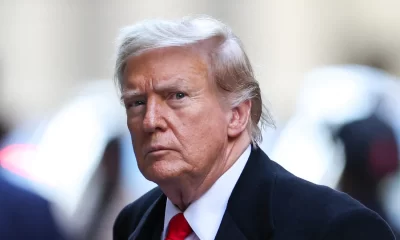The Open Network Foundation (TON Foundation) has announced the appointment of former Visa executive Nikola Plecas as its new Vice President of Payments. In this role, Plecas will be responsible for shaping and executing TON’s payment infrastructure strategy, expanding the network’s capabilities, managing financial partnerships, and ensuring compliance across various jurisdictions as the foundation scales services for over 1 billion Telegram users.
Plecas brings a wealth of experience from his tenure at Visa, where he played a central role in crypto-related initiatives, including product development and global commercialization. He was instrumental in streamlining on-ramp performance across multiple markets and developing Visa’s digital currency engagement model for European clients. Additionally, he contributed to numerous fintech and crypto issuance projects and frequently represented Visa at major industry events.
TON Foundation CEO Max Crown emphasized the importance of payments in the organization’s roadmap, stating, “With deep industry expertise and a clear vision for scaling payment infrastructure, Nikola brings the experience and leadership we need to accelerate TON’s global growth.”
This strategic hire aligns with TON’s broader initiatives to enhance its ecosystem. On May 1, decentralized stablecoin platform Ethena partnered with TON to make its stablecoins available to Telegram’s user base. The partnership will see the deployment of Ethena’s USDe and Ethena Staked USDe (sUSDe) within the TON blockchain, with the sUSDe variant integrated under the name tsUSDe, enabling Telegram users to access US dollar-denominated savings directly within the app.
Furthermore, TON has been collaborating with Tether, connecting its network to Tether’s USDt ecosystem through LayerZero in February 2024. As part of its ambitious scaling plans, TON aims to connect its ecosystem to at least 100 chains, including Ethereum (ETH), Tron (TRX), and Solana (SOL).
The appointment of Plecas is a significant step in TON Foundation’s efforts to build a globally interoperable payments architecture capable of handling increasing demand from developers, enterprises, and end-users.

 Business1 week ago
Business1 week ago
 Business1 week ago
Business1 week ago
 Business1 week ago
Business1 week ago
 Business1 week ago
Business1 week ago
 Business1 week ago
Business1 week ago
 Business1 week ago
Business1 week ago
 Business1 week ago
Business1 week ago
 Business4 days ago
Business4 days ago




























